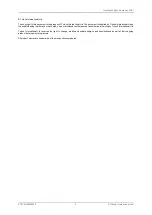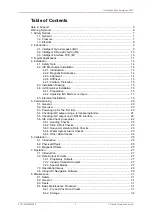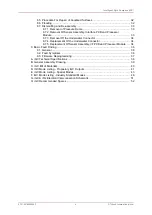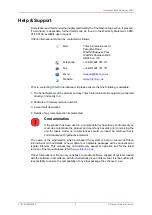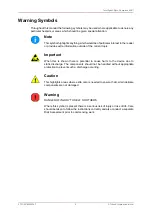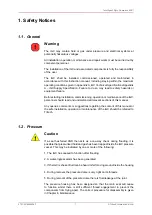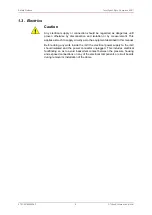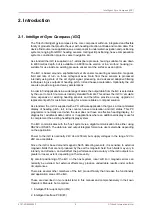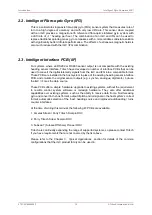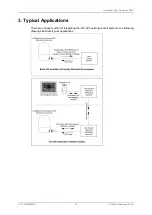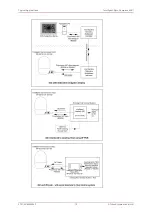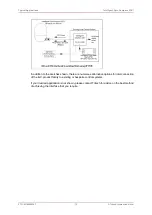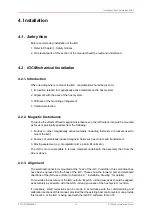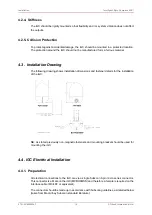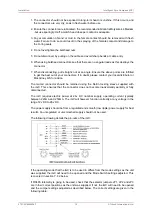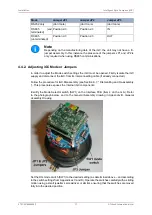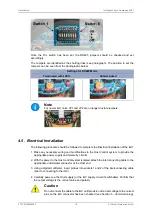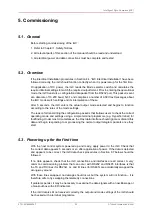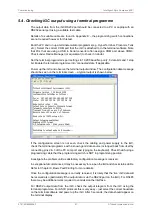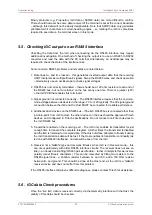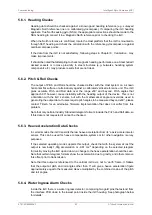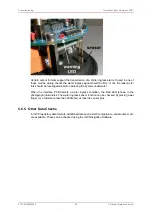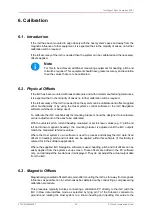
Introduction
Intelligent Gyro Compass (iGC)
0707-SOM-00004-7
10
© Tritech International Ltd.
2.2. Intelligent Fibre-optic Gyro (iFG)
This is a solid-state single-axis fibre-optic gyro (FOG) sensor system that measures rate of
turn to a high degree of accuracy, and with very low drift-rate. This sensor when coupled
with an iGC provides a magnetic-north referenced fibre-optic stabilised gyro system with
a drift rate of ~1° heading per hour. The combination of an iGC and iFG can be used to
replace traditional spinning mass gyro compasses with a more reliable solid-state solution
with significantly better drift-rate performance. The effects of extraneous magnetic fields is
also much reduced with the iGC / iFG combination.
2.3. Intelligent Interface PCB (iIF)
For systems where an RS232 or RS485 sensor output is not compatible with the existing
heading sensor interface, Tritech have developed a number of interface PCBs that can be
used to convert the digital telemetry signals from the iGC and iFG into a compatible format.
These PCBs are installed in the host system in place of the existing heading sensor interface
PCB, and emulate the original sensor outputs (e.g. synchro, analogue, digital etc.) but use
the iGC / iFG as the data source.
These PCBs offer a simple ‘hardware’ upgrade to existing systems, without the requirement
to rewrite control system software or redesign hardware. They also offer additional
capabilities over existing systems, such as the ability to receive data from a North-seeking
gyro and convert to the host format, output of pitch and roll signals in the host system’s correct
format, automatic selection of the ‘best’ heading source and improved autoheading / turns
counter interfaces.
At the time of writing this manual, the following iIF PCBs are available:
1. Ametek Straza / Perry Tritech Scorpio ROV
2. Perry Tritech Super Scorpio ROV
3. Subsea 7 (Subsea Offshore) Pioneer ROV
Tritech are continually expanding the range of supported systems, so please contact Tritech
if you have requirements that are not covered by the list above.
Please refer to the Chapter 3,
section for details of the common
configurations that the iGC product family can be used in.


